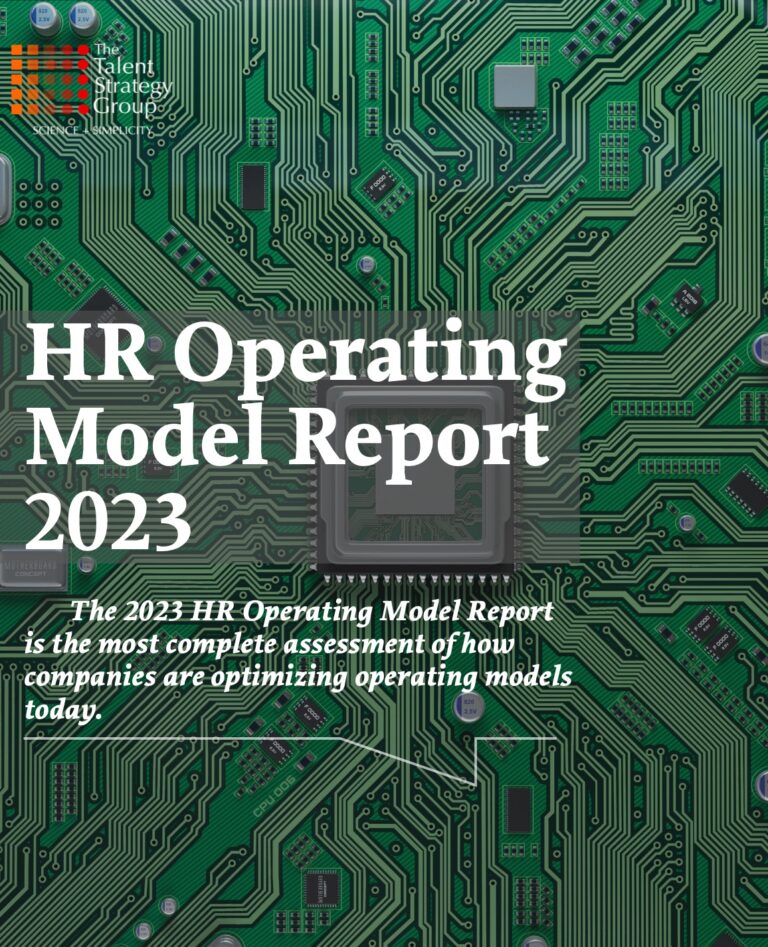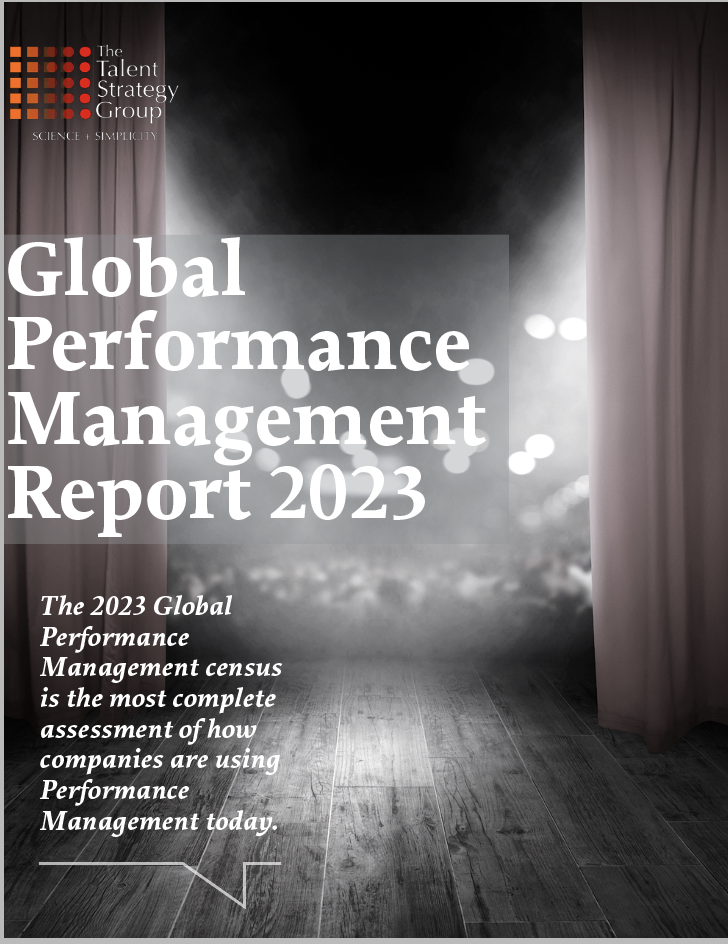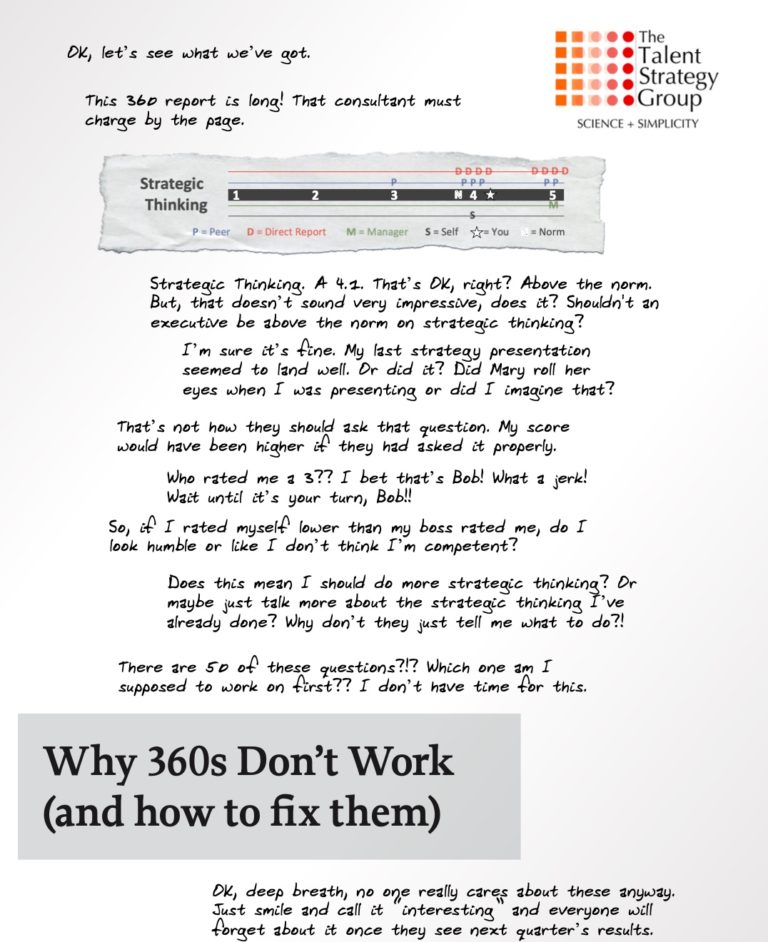
HR Operating Model Report 2023
About This Report The 2023 HR Operating Model Report provides specific insights as to how companies are structuring and operationalizing HR. More than 200 companies worldwide participated with strong representation across small, medium and large organizations. All data was gathered in early and mid-2023. This report provides you with insights on the structure of COEs […]







